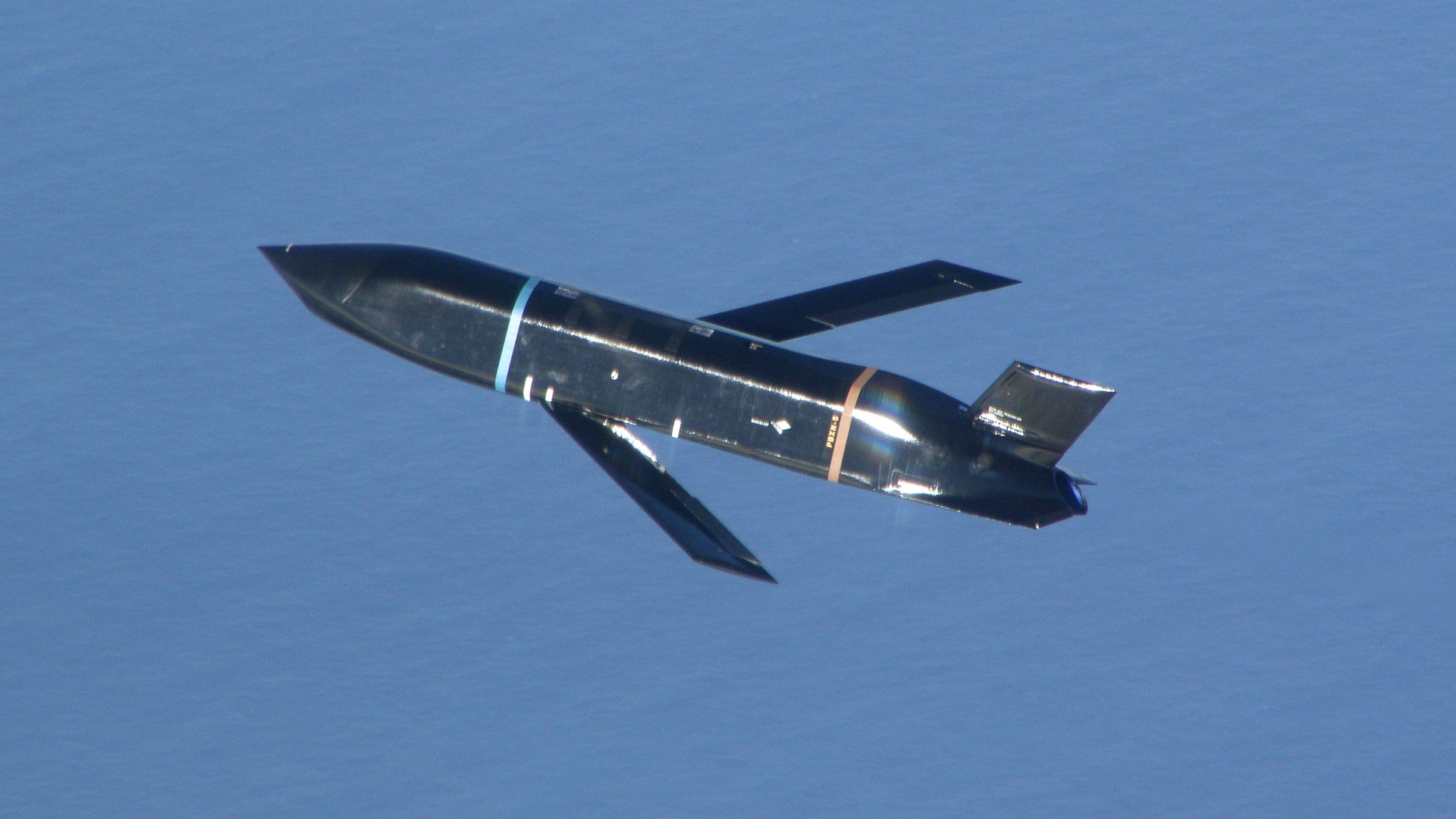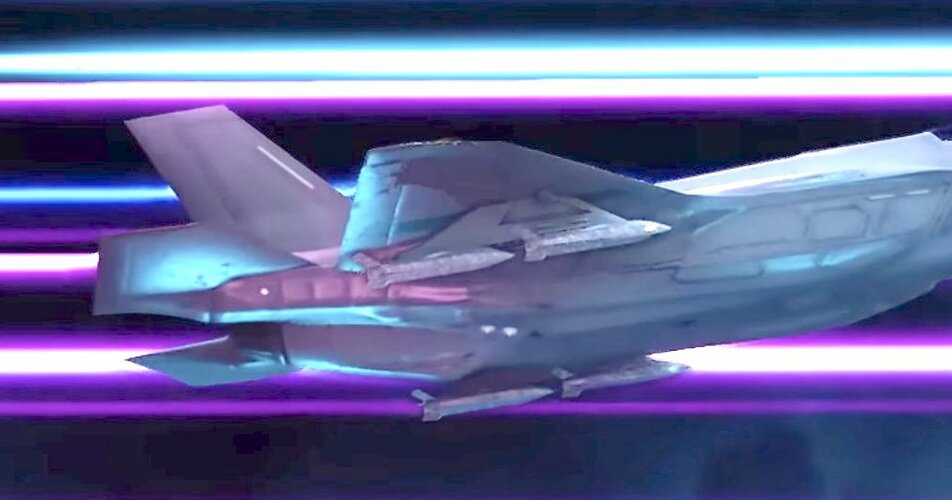Just to complicate things, the Navy is buying two different versions of AGM-158C -- AGM-158C is LRASM, AGM-158C-2 is a naval JASSM-ER, without the RF seeker in LRASM. I expect that these will look very nearly identical to casual inspection.
After several cancellations over decades, the Navy’s revived interest in the Joint Air-to-Surface Missile family also reveals pursuit of more capabilities for it.

aviationweek.com
Is there anything that separates the C3 from the B2? I had actuality thought perhaps that was a typo and the orders for ten C3s were B3s. B2 is the new version of 158B ER with wing modifications to extend range; I *think* B3 was to add a weapon data link. But USAF/USN seem to almost intentionally be mashing together and renaming this family of missiles to confuse.
From the
FY22 DOT&E Report:
To date, there are three LRASM variants which comprise the OASuW Increment 1 program, designated LRASM 1.0, LRASM 1.1, and LRASM C-3. In FY21, the Navy introduced LRASM C-3, a version adding land strike capabilities while removing components to reduce unit cost.
So, C-3 restores some land-attack capability to LRASM, making it more of an all-rounder. There are also some documents (like the report below) that describe it as LRASM-ER, suggesting that they've bought back some of the range lost when they packed an RF sensor into JASSM, perhaps using the same new wing from the B-2 version (my speculation).
SECNAV FY 24 Budget Highlights
BTW, this doc lists the planned procurement of LRASM in FY24-28 as 585 rounds (474 C-1 and 111 C-3), in addition to the 58 C-1s in FY23 and however many were bought in LRIP before that. But it does not mention JASSM/C-2 at all, so perhaps the 2021 AvWeek article I linked above has been overtaken by developments. Restoring land attack capability in C-3 might eliminate the need for a separate C-2 version.
View attachment 697285
On the gripping hand, there is this
late 2022 solicitation for C-2 development.
Naval Air Systems Command (NAVAIR), Patuxent River, MD, intends to issue a modification to Delivery Order (DO) N00019-22-F-0010 under the sole source Basic Ordering Agreement (BOA) N00019-19-G-0011 to Lockheed Martin Corporation – Missiles Fire Control (LMMFC), Orlando, FL to support the Government with the Long Range Anti-Ship Missile (LRASM) AGM-158C-2 strike capability and the AGM-158C-3 Phase 1 and 2 development and integration.
So, who the heck knows?

 aviationweek.com
aviationweek.com




